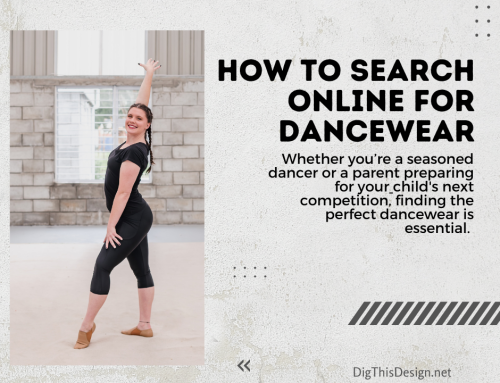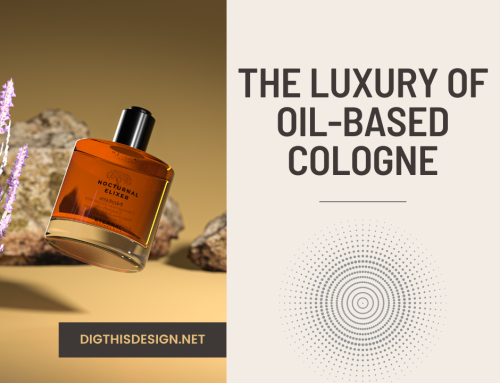Vintage jewelry has a charm that modern pieces simply can’t match. Wearing a stunning, timeless piece can make you feel like you’ve stepped back in time to a glamorous era of fashion. But how do you know if the piece you’re holding is really vintage, and what is its true value?
Identifying Vintage Jewelry Guide
In this guide, Westland London will walk you through the process of identifying different kinds of vintage jewelry and ways to determine their worth.
Kinds of Vintage Jewelry
First things first – what do we mean by “vintage”? Generally, the term refers to any piece of jewelry that is at least 20-30 years old. Within the realm of vintage jewelry, there are many different categories, including:
- Art Deco (1920s-1930s) – characterized by geometric shapes and bold colors
- Retro (1930s-1940s) – influenced by Hollywood glamour and often featuring large, colorful gemstones
- Mid-Century Modern (1940s-1960s) – known for clean lines and geometric shapes
- Mod (1960s-1970s) – often featuring bright colors and funky designs
These are just a few examples of the many styles of vintage jewelry that you may come across.
12 Ways to Determine the Value of Your Vintage Jewelry
Once you’ve identified the type of vintage jewelry you have, it’s time to determine its value. Here are some ways to go about that:
-
Consider the Age and Era
Vintage jewelry is typically categorized by specific eras, such as Art Deco, Victorian, Retro, or Mid-Century Modern. For example, a diamond engagement ring with geometric Art Deco design elements from the 1920s will likely be more valuable due to its historical significance and unique style.
-
Examine the Hallmarks and Markings
Look for hallmarks, stamps, or markings on the jewelry piece. These engravings indicate the metal content, the maker’s, and sometimes the origin or designer. For instance, a gold ring with a “750” hallmark signifies that it is 18-karat gold, adding value to the piece.
-
Assess the Gemstones and Materials
Evaluate the gemstones and materials used in the vintage jewelry. Let’s say you examine a pendant adorned with a vibrant ruby surrounded by diamonds. It will have higher value due to the quality and rarity of the gemstones. Additionally, high-quality materials like platinum or 18-karat gold can enhance the worth of the piece.
-
Seek Professional Appraisal
Engage the services of a professional jewelry appraiser, a gemologist who specializes in vintage jewelry, or an antique dealer. An appraiser may assess a pair of vintage pearl earrings with a specific origin and verify their authenticity and quality.
-
Research Comparable Sales
Conduct thorough research to determine the prices at which similar vintage jewelry pieces have been sold. For example, researching recent auction records, online marketplaces, or specialized vintage jewelry retailers may reveal that a signed vintage designer necklace fetched a significant price at a recent sale.
-
Evaluate the Condition
Assess the overall condition of the vintage jewelry. Damage, missing stones, or significant wear can affect its value. Therefore, a well-preserved vintage brooch in excellent condition, with all stones intact and original enamel work, will command a higher value compared to a similar piece with signs of damage.
-
Seek Expert Opinion
Consult with vintage jewelry dealers, collectors, or enthusiasts who have expertise in the specific era or style of your jewelry. They can provide valuable insights based on their experience and knowledge. For example, an expert may recognize the distinctive characteristics of a renowned jewelry designer and give an informed opinion on its value.
-
Rarity and Uniqueness
Consider the rarity and uniqueness of your vintage jewelry piece. Unusual designs, limited production, or pieces from renowned designers can significantly increase their value. Research the history and background of the jewelry to identify any special features that contribute to its rarity.
-
Signature Styles and Designers
If your vintage jewelry piece is associated with a renowned designer or bears the signature style of a particular artist or jewelry house, it can enhance its value. Research the work of notable designers from the era to identify their signature styles and markings.
-
Provenance and History
Explore the provenance and history of your vintage jewelry, especially if it has a unique backstory or was owned by a famous individual. Documentation or evidence of its previous ownership can add value and intrigue to the piece.
-
Market Demand and Trends
Stay informed about current market demand and trends for vintage jewelry. Certain styles, motifs, or eras may experience fluctuations in popularity and demand.
-
Condition of the Setting
Pay attention to the condition of the jewelry setting, including prongs, clasps, and any additional features. A well-maintained and sturdy setting can positively impact the value, as it ensures the longevity and security of gemstones and components.
How to Take Care of Vintage Jewellery
Once you’ve identified and valued your vintage jewelry, it’s important to take proper care of it in order to preserve its beauty and value. Here are a few tips for keeping your vintage pieces looking their best:
Store them carefully. Keep your vintage jewelry in a cool, dry place away from direct sunlight. Use individual jewelry bags or boxes to prevent scratching and tangling.
Clean them gently. Avoid using harsh chemicals or abrasive cleaners on vintage jewelry, as these can damage the metal or stones. Instead, use a soft cloth and mild soap and water to clean the piece.
Handle them with care. When putting on or taking off vintage jewelry, be gentle to avoid bending or breaking delicate metalwork. Avoid wearing vintage pieces during strenuous activities or in situations where they may be exposed to water.
Where to Find Vintage Jewelry
If you’re interested in starting a collection of vintage jewelry, there are many places to look for unique and beautiful pieces. Here are a few ideas:
Estate sales and auctions. These events can be a treasure trove of vintage jewelry, often sold at lower prices than you might find at a traditional antique store.
Online marketplaces. Sites like Etsy and eBay have a wide selection of vintage jewelry for sale. Just be sure to read reviews and check the seller’s return policy before making a purchase.
Antique stores. Many antique stores specialize in vintage jewelry and may have knowledgeable staff who can help you identify and value different pieces.
Final Words
Identifying and valuing vintage jewelry is both an art and a science. With a bit of research and careful examination, you can learn to spot the hallmarks of a truly special piece. Whether you’re a collector or just someone who appreciates the beauty of vintage jewelry, this guide should help you in your quest to uncover hidden treasures and add some timeless elegance to your wardrobe.
Other posts you might enjoy:
Fashion Fingerprint Jewelry Ideas for the Holidays
How to Auction Your Pieces of Jewelry
Jewelry Accessories for the Perfect Fashion Statement





